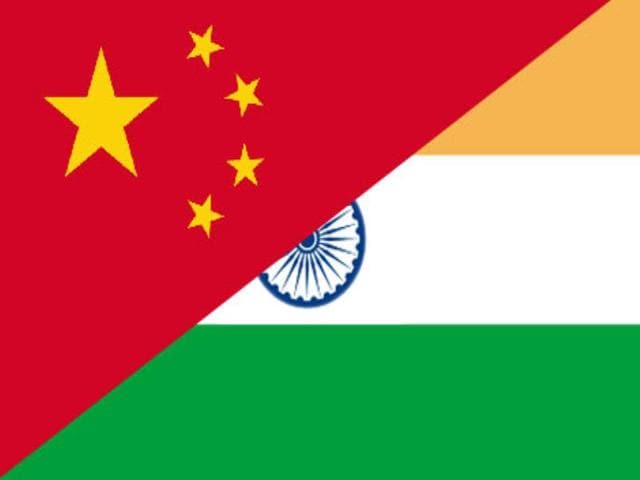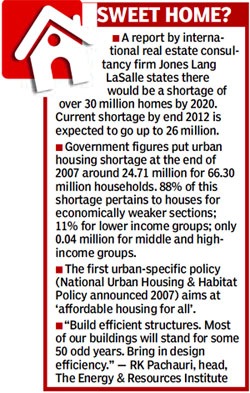Is India’s powerful neighbour getting it right?
Acomment piece in China’s state-run Global Times said, “The most serious blackout in human history was not caused by any one factor, but actually reflects the overall level of India’s development. Other developing countries including China can use the incident to reflect on their own problems.”
Acomment piece in China’s state-run Global Times said, “The most serious blackout in human history was not caused by any one factor, but actually reflects the overall level of India’s development. Other developing countries including China can use the incident to reflect on their own problems.”

Senior advisor on energy and climate at the Beijing office of the US-based National Resources Defence Council, Dr Yang Fuqiang, did just that by closely following the Indian power outage. “In the 90s, shortage of power was common (in China). Power supply was regulated enterprise by enterprise. It is now under control,” he says.

There are two power grids in China that are fed by six national power generating companies. There are also many localised small and medium-sized companies; and 16 major coal power bases are being built in underdeveloped regions to feed the country’s voracious appetite.
China is also the world’s largest generator of wind power. “In 2011, China had the installed wind power capacity of 62 GW. If used, this could replace 22 million tonnes of coal,” says Li Yan, head of Climate & Energy Campaign, Greenpeace East-Asia.
In terms of water resources, Yang says the main problem is areas without sufficient water. According to the Economist Intelligence Unit (EIU) 2011, of the 663 cities in China, 400 face water shortages and 110 face severe shortages. It also said that while 96.1% (2009) of urban residents enjoy access to tap water, official data indicates around 150 million people still have no access to safe drinking water due to drought or lack of wastewater treatment. Two-thirds of Chinese cities suffer from water deficits, according to environmental protection ministry. Of the cities that reported shortfalls, 25% were unable to use their water due to toxic contamination. But despite inherent problems, China, says the EIU report, has improved urban water infrastructure. Between 1997 and 2007, wastewater treatment capacity increased from 12.9 to 70 million cubic metres/day. Nonetheless, in 2010, 167 cities still lacked wastewater treatment plants.
According to World Bank data: "Tap-water penetration in urban China has increased from about 50% to over 90% since 1990. Over the same period, urban wastewater-treatment capacity has tripled, but this is able to process just 57% of urban sewage."



